Last Updated on 11/04/2021 by Desmond
We’ve talked that Sencha is the most popular tea in Japan. In fact, Sencha is a large family. In this family, there is a little brother – Bancha. Most izakayas and small restaurants in Japan serve their guests with Bancha. Many Japanese also take it as a daily drink.
CONTENT
What Is Bancha
Just like the fuzzy distinction between Sencha and Gyokuro, Bancha is typically misunderstood as a low-grade Sencha because its leaves are harvested late.
Actually, this is a lopsided view.
Bancha wrote as “番茶” in Japanese. “茶” means tea, that’s easy to understand. And the word “番” defines broadly. It has the meaning of daily and ordinary. Sometimes, it will be taken as the serial number or the adjective of the batch, sometimes also used as a noun.
Thus, about the definition of Bancha, there are many explains:
- Extra Tea. Refers to the non-mainstream teas;
- Teas produced in particular regions;
- Teas made from the leaves harvested in a specific period;
- The low-grade Sencha for people daily drinking.
Totally saying, Bancha doesn’t refer to a particular tea type. For example, leaves harvested in spring are typically used to make high-grade Sencha. We can still describe them as “Ichibancha“(一番茶)。On the other way, almost all characteristic and high-grade teas in Japan had owned their memorable name. And to the teas which made from the later-harvest leaves, processed by individual workshops, lower-quality, and more minor fame, people will uniformly call them Bancha for short.
That’s why we can see many Japanese Bancha products in the market, such as Kyobancha(京番茶), Nibancha(二番茶), Akibancha(秋冬番茶). They look and taste very different, even a big gap. However, they have a common characteristic – to compare with Sencha, Gyokuro, and Matcha, Bancha always has a friendly price. So Bancha becomes the Japanese daily tea and the first choice for small restaurants to serve guests. This situation is similar to the low-grade Tieguanyin and Pu-erh tea in China.
How Bancha Processed
The leaves for making Bancha are the same as for Sencha, from the tea trees without being shaded-grown. In the traditional meaning, Bancha’s leaves are all harvested in the second or the after flushes, so it is also called late tea. These leaves are more mature, more giant, and without buds, the flavor is stronger.
About the processing, Bancha is the same as other Japanese green teas – stop the leaves from fermenting by steaming. Due to Bancha being broadly defined, every producing region has its unique methods for the leaves after they have been steam-fixated. Some will follow the same as the Sencha processing, but most will skip the rolling and screening steps.
Take the famous Kyobancha as an example. In the spring flush, the new buds and the first leaf will be picked to make Gyokuro and Tencha; the left and grown-up leaves will be picked with stems to make Bancha. These leaves and branches will be steamed together, then dried directly without being through rolling. They kept the natural shape and looked like withered leaves. Sometimes people may confuse it with the Old White Tea from China; actually, they are totally not the same type(whether it has been fermented).
In the northeast region of Japan, tea masters love to fry the Bancha to make it into Hojicha. And in Ishikawa, the local Bancha is only made from stems. Worthing to know, most Genmaicha are made by blending Bancha. So, in different regions of Japan, Bancha also means different, and the processing methods and flavor are distinctive.
Famous Parochial Bancha
Although Bancha has various types, some famous local specialties are worth having a try.
Kyobancha(京番茶)
Kyobancha originates in Uji, Kyoto, typically produced in autumn. Its feature retains the complete leaf shape and includes stems. Kyobancha will be through frying(釜炒) after drying and get a unique incense. The tannin and caffeine content also reduce a lot, so it tastes mellow and brisk, low irritating.
Yoshino Sun-dried Bancha(吉野日干番茶)
This Bancha comes from Yoshino District, Nara, and the local folks call it Mashicha. It also hadn’t been rolling, retaining the complete shape of leaves. From the name, we can see this tea is dried by sunshine, cost about two days. Yoshino Sun-dried Bancha yields low because it’s hard to catch good weather.
Mimasaka Sun-dried Bancha(美作日干番茶)
This Bancha comes from Mimasaka, ever was the most favorite tea of Miyamoto Musashi – a sword-saint of Japan. Leaves are harvested during July and August, then they will be steam on a big iron pot. Leaves after fixating will be placed on a bamboo mat for drying under sunshine. During this process, tea masters will spray the tea distilled juice they got from steaming to the leaves, repeat 2-3 times. As a result, leaves get tea stains and become amber.
Fukui Shade-dried Bancha(福井阴干番茶)
Fukui Shade-dried Bancha’s processing way is very antiquity. After harvesting the leaves in autumn, the local folks will string them piece by piece, hanging them under the eave and waiting for them to wither by the natural wind. When people are going to drink these leaves, they pick them down, fry, or cook in a pot for a while, then brew. It much looks like the herbal teas making way.
Awa Bancha (阿波晚茶)
Awa Bancha is from the Shikoku region, Japan. It doesn’t belong to green tea but is a type of post-fermented tea. Awa Bancha’s leaves aren’t from the late harvest; they are the fully grown spring leaves. Leaves will be through rolling after steam fixating. Then, tea masters put them into a big barrel, adding some lactic acid bacteria to help fermentation. It cost 1-2 weeks and finally dried under sunshine. The post-fermented Awa Bancha tastes more fresh and brisk, with slightly sour and full of charm.
Graded By Harvest Time
Except to refer to the producing regions it originates, Bancha typically describes when the leaves are harvested.
- Ichibancha(一番茶). Ichibancha is also called Shincha(新茶), harvested from late April to early May. They are the first flush in the year and are considered with the highest quality and benefits.
- Nibancha(二番茶). Leaves harvested from the second flush, between the middle of June to early July.
- Sanbancha(三番茶). Leaves harvested from the third flush between late July to early August.
- Akibancha(秋冬番茶). It is also called Yonbancha(四番茶), harvested from late September to early October. It is said these leaves are rich in tea polysaccharides and good for diabetes management.
Bancha Benefits
Almost all the Bancha are made from mature leaves. The content of tea polyphenols and amino acids, regarded as the best beneficial substances in tea, is far less than the tender leaves. Of course, the green tea benefits it should have are still provided, just work less.
However, the older leaves contain more tea polysaccharides; this beneficial substance is also rich in the tea stem. Tea polysaccharide is good for diabetics for managing their blood sugar levels. So Bancha made from mature leaves and stems is regarded as the best beverage for diabetics.
The best advantage of Bancha is its low-irritating. Compared to newborn leaves, the older ones contain less caffeine. During some Bancha processing, some steps will also reduce the caffeine content unintentionally. And to the Bancha, which has complete shape leaves, their caffeine is hard to dissolve into the infusion. All these are excellent and encouraging news to tea lovers who are sensitive to caffeine.
How To Make Bancha
As an ordinary daily drink, Bancha has an easy brewing way, without any overelaborate formalities. Of course, you can use a Kyusu(a traditional Japanese teaware) to brew Bancha, make a more ceremony sense; and that will be a nice choice.
- Prepare and preheat the teawares;
- Put 4-5g Bancha leaves into the teapot;
- Add 120-150ml water in. The temperature is recommended to be at 80-85℃ because the Bancha leaves are typically old, big, and complete, the low-term water is hard to extract the flavor;
- Steep for about 30-50 seconds;
- Pour the infusion into the cups, and then enjoy;
- Bancha usually can make 3-4 brews, more than Gyokuro and Sencha;

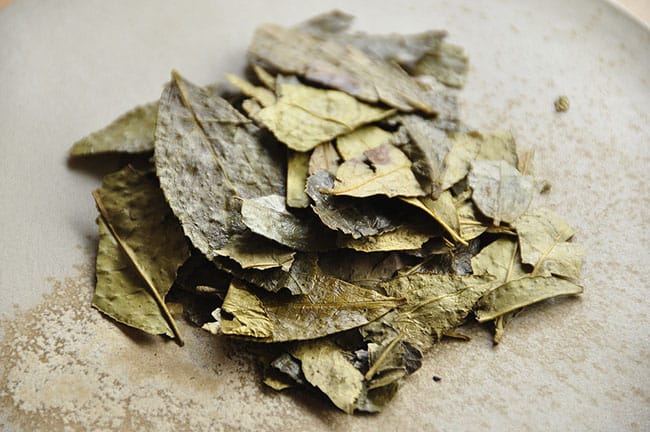
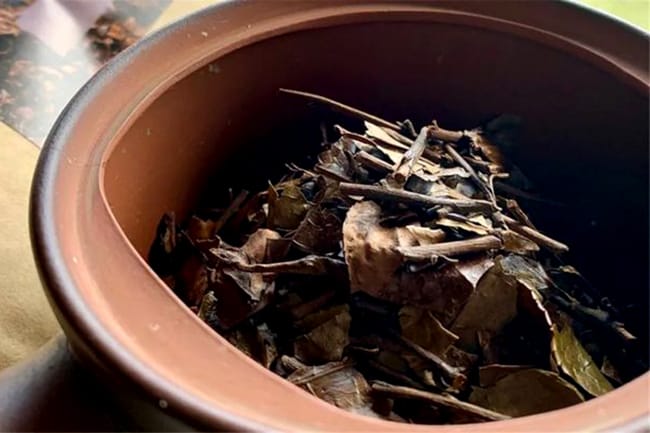
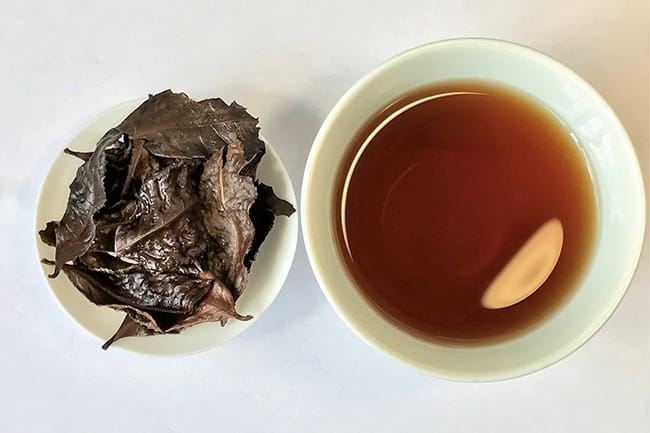
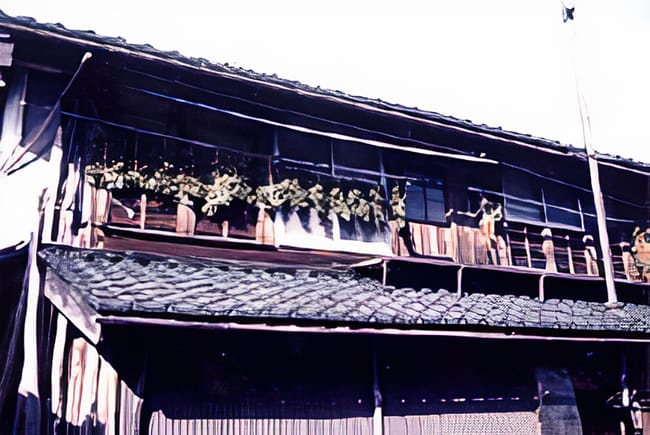
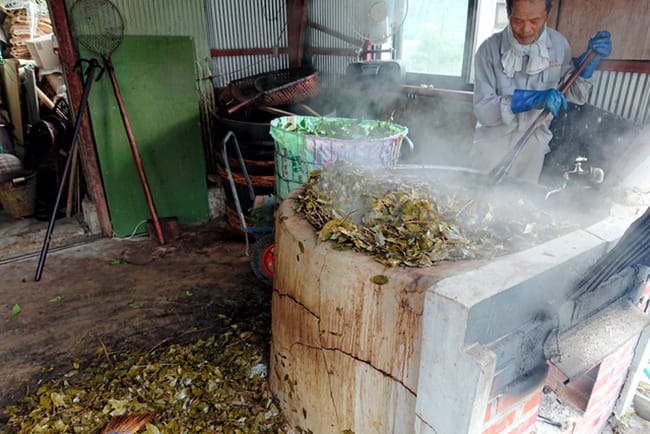
I like the taste of Bancha: less bitter than Sencha green tea. And thanks to you, I know the health benefits of Bancha as far as sugar and blood pressure management. It’s a win-win situation to drink it. Thank you Desmond.
you are welcome